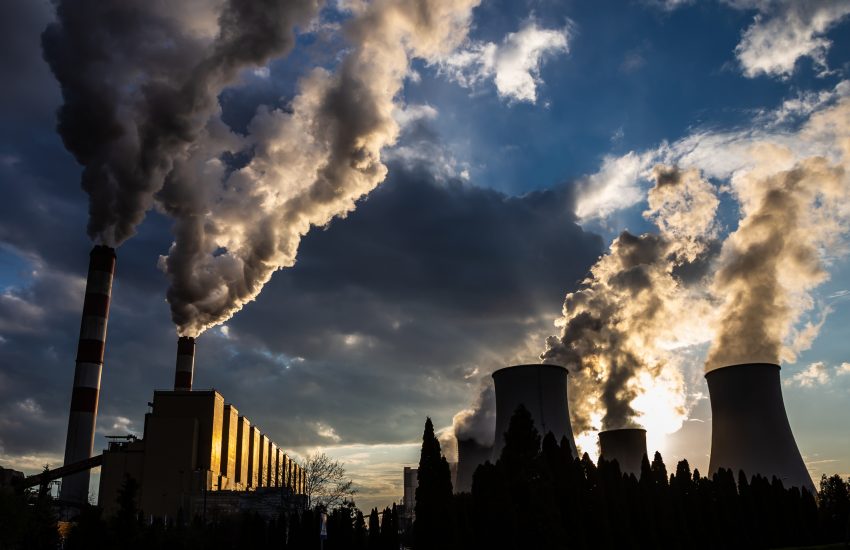In a world of solar power, green energy, and electric cars, it is sometimes surprising to consider how much of a political hot potato good ol’ fashioned coal remains.
There are more than 300 coal-fired power plants still active in the United States, annually producing roughly 100 tons of coal combustion residuals (CCR), or “coal ash.” This coal ash has historically and routinely been found to contain hazardous compounds — such as arsenic, chromium, lead, and mercury — which are dangerous to plants and humans.
The ash is often disposed of by mixing, or diluting, it with water and storing it onsite near a power plant in what are known as “coal ponds” or “coal pits.” The problem that often arises is that when these coal ponds are situated close enough to local water beds, a heavy storm or deterioration results in toxic materials being spilled into public resources. For example, in what is widely considered to be the biggest industrial spill in American history, an earthen dam at a power plant in Kingston, Tenn. collapsed in 2008, resulting in more than a billion gallons of coal ash washing away houses and flooding into local rivers.
At least partially in response to the Kingston tragedy, the EPA undertook from 2009 to 2012 a massive evaluation of hundreds of coal ponds in order to establish regulations to decrease the inherent risks inherent, and increase transparency and accountability for these sites. In 2015, under the Obama administration, the comprehensive “Coal Ash Rule” went into effect, including a requirement that leaking, unlined coal-ash impoundments had to close and stop taking waste within six months of detection.
Amendments to the Coal Ash Rule promulgated by the Trump administration sought to extend the deadline for closure up until October of 31, 2020. In a response to a court order finding that the amendments were essentially insufficient for the purpose of protecting the public from unlined, or higher-risk coal ash ponds, the Trump administration proposed the 2019 rule, which required all such coal ash ponds to be closed by August 31, 2021.
In the past few years, many coal-burning utilities have been attempting to get extensions from the EPA to their deadline for closing coal ponds. In January of 2022, the EPA made headlines in sweeping fashion when it denied roughly a half dozen bids for extension from coal-burning plants in Iowa, Indiana and Ohio. In fact, this recent ‘power move’ by the EPA has resulted in a dozen power companies filing suit in the D.C. Circuit on September 14, claiming the EPA’s 2022 regulations denying the extensions were, themselves, illegal. They argue that the EPA’s enforcement actions in 2022 were essentially arbitrary and capricious, resulting in uncertainty and confusion within the industry. Environmental proponents say these objections are posturing, and that the EPA is merely taking the steps to enforce regulations that have been in place for years.

